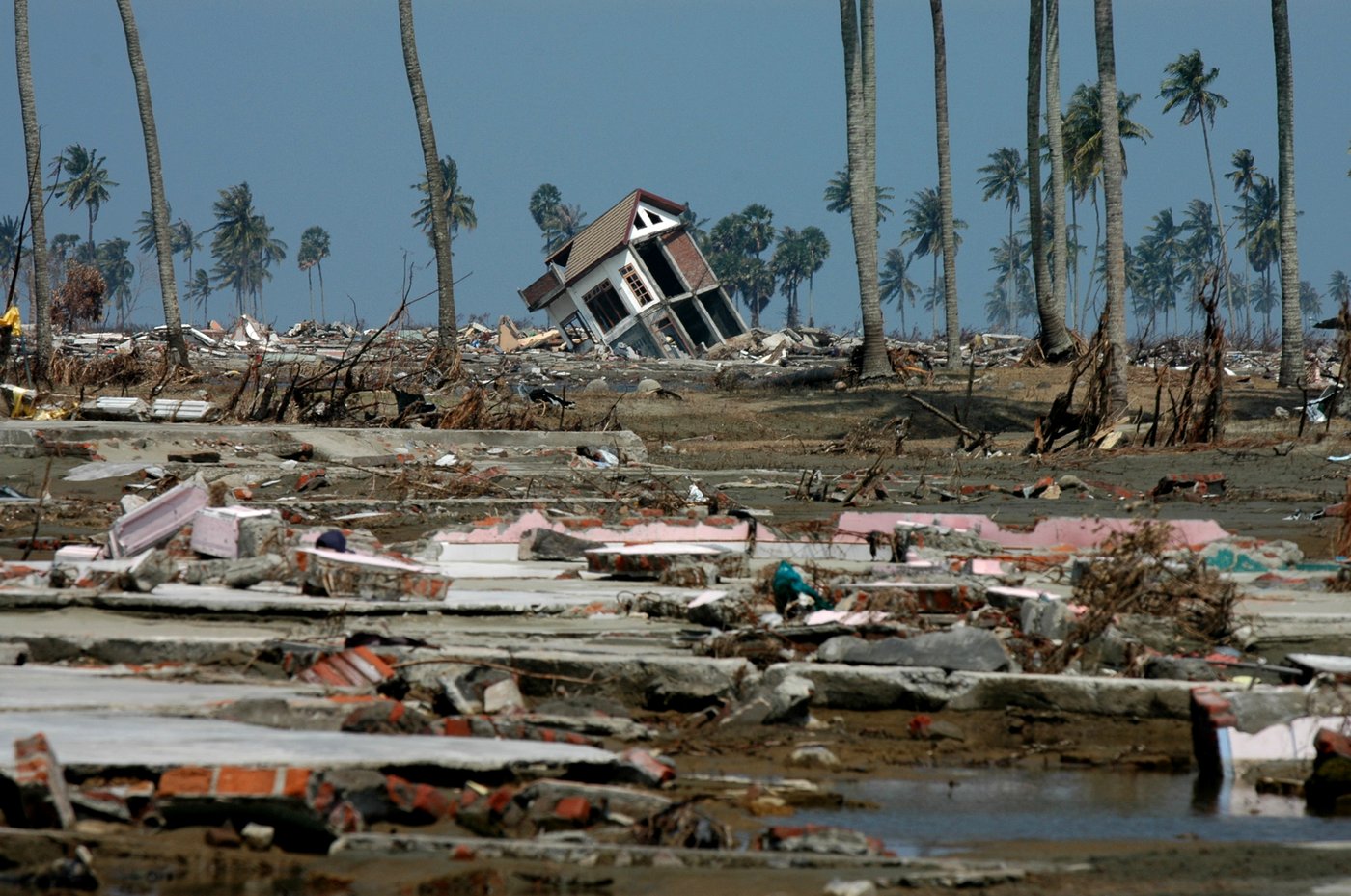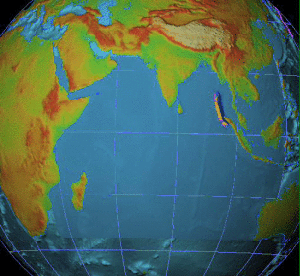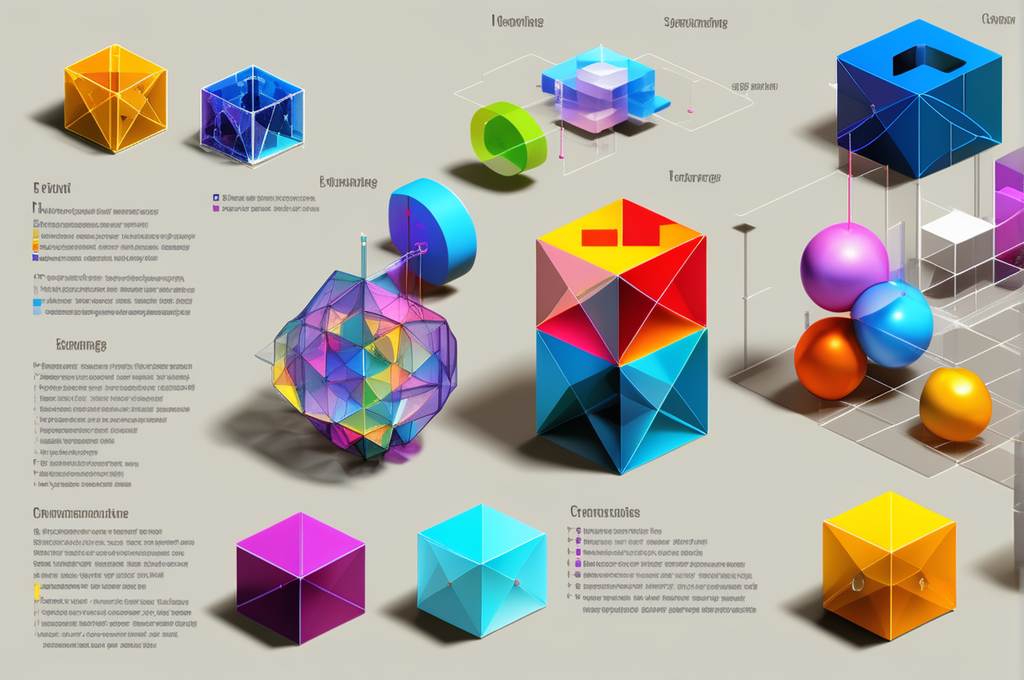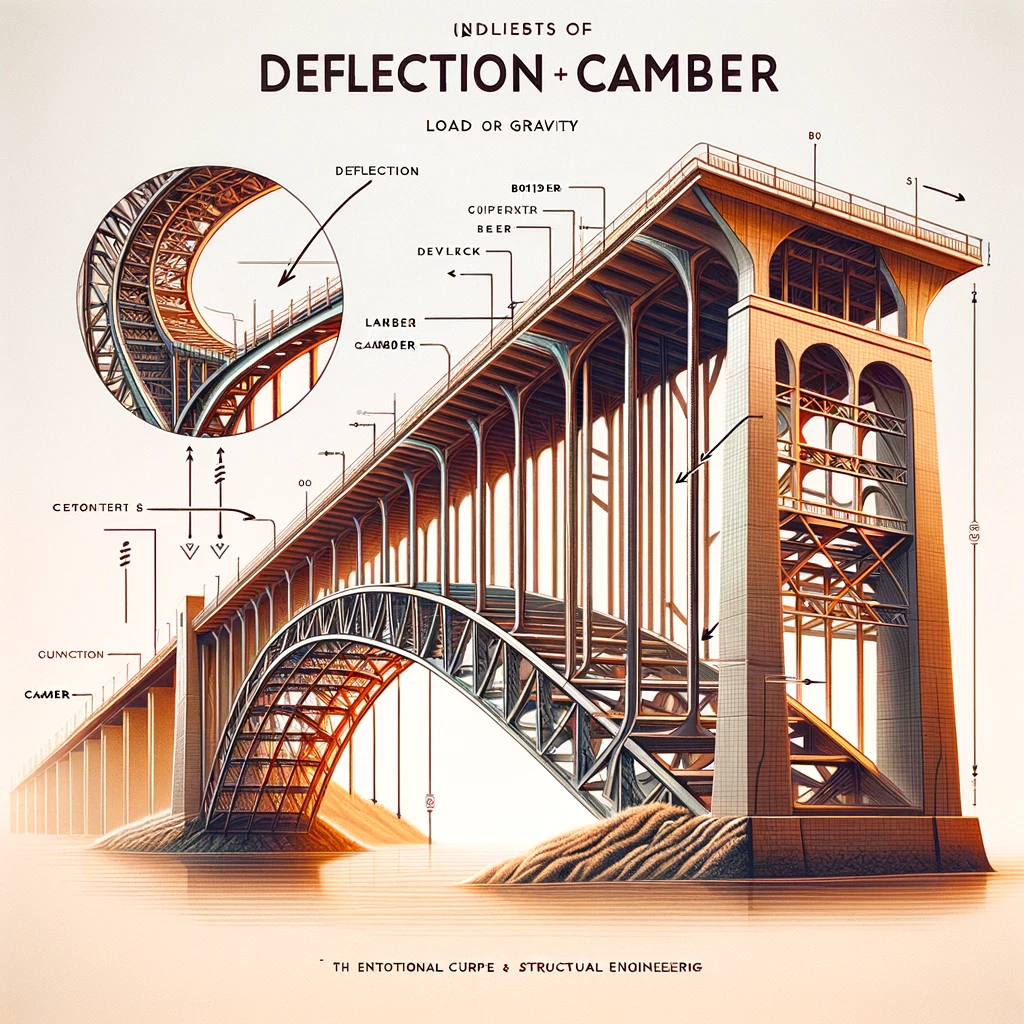Intro
In 2023 the massive earthquake that struck Turkey and Syria is the fifth-deadliest this century. With approximately 60,000 casualties, it has earned its place as one of the worst earthquakes of the 21st century.
What is the deadliest quake of 21st century?
In the vast tapestry of natural disasters that have left an indelible mark on our planet, the 2004 Indian Ocean earthquake and tsunami stand out as a haunting reminder of nature's formidable power. This catastrophic event, which unfolded on December 26, 2004, remains the deadliest earthquake of the 21st century, sending shockwaves not only through the Earth's crust but also through the lives of millions.
 2004 Indian Ocean earthquake and tsunami
2004 Indian Ocean earthquake and tsunami
Understanding the Triggers:
The genesis of this calamity lay beneath the depths of the Indian Ocean, where the Indo-Australian tectonic plate slipped beneath the Eurasian plate in a subduction zone. The intense pressure built up over centuries was released in a sudden thrust, triggering an earthquake with a magnitude of 9.1-9.3, one of the strongest ever recorded. (Since the 20th century, the earthquake exceeding this has only been recorded in the 1960 Chilean earthquake with a magnitude of 9.5) The rupture extended over a staggering 1,600 kilometers, unleashing colossal energy that reverberated through the ocean depths.
 Animation of 2004 Indonesia tsunami (c) Vasily V. Titov
Animation of 2004 Indonesia tsunami (c) Vasily V. Titov
Devastating Toll on Human Lives:
The seismic disturbance set in motion a series of massive sea waves, forming a tsunami that raced across the Indian Ocean at incredible speeds. The waves reached coastal areas with unprecedented force, catching unsuspecting communities off guard. The tsunamis killed people in 14 counties around the Indian Ocean. with countless others left injured, displaced, or mourning the loss of loved ones. Entire communities were swept away, and the scale of devastation was beyond comprehension.
|
Country |
Number Lost |
|---|---|
|
Indonesia |
167,540 |
|
Sri Lanka |
35,322 |
|
India |
16,269 |
|
Thailand |
8,212 |
|
Somalia |
289 |
|
Maldives |
108 |
|
Malaysia |
75 |
|
Myanmar |
61 |
|
Tanzania |
13 |
|
Seychelles |
2 |
|
Bangladesh |
2 |
|
Yemen |
2 |
|
South Africa |
2 |
|
Kenya |
1 |
|
Total |
227,898 |
The aftermath saw an outpouring of international aid and support, as the affected nations grappled with the monumental task of rebuilding shattered lives and infrastructure. The disaster also prompted a reevaluation of global early warning systems and disaster preparedness strategies to mitigate the impact of future events.
Lessons Learned:
As we reflect on the 2004 Indian Ocean earthquake and tsunami, it serves as a poignant reminder of our vulnerability in the face of nature's forces. It underscores the importance of ongoing research, preparedness, and a collective commitment to creating a safer and better world.
We should learn from the past and, through continuous efforts in the present, minimize the impact of future natural disasters.
References
TEC - Joint evaluation of the international response to the Indian Ocean tsunami: Report
/Jegeon%20240_240.png)
Hello, I am Jegeon Ryu, a Project Manager responsible for developing MOTIVE for engineers dedicated to creating a safer and better world. During my two years of military service, I learned that creating a safer world is achievable through the sharing of technology and motivating each other. My goal is to contribute to the happiness of the world by creating a global platform that facilitates mutual knowledge sharing and growth.
Profile: Jegeon Ryu
※ If you click on the keywords below "Topics," you can view related contents.







/%EC%9E%91%EC%9D%80%EC%97%B0%EB%AA%BB_400_400.png)

